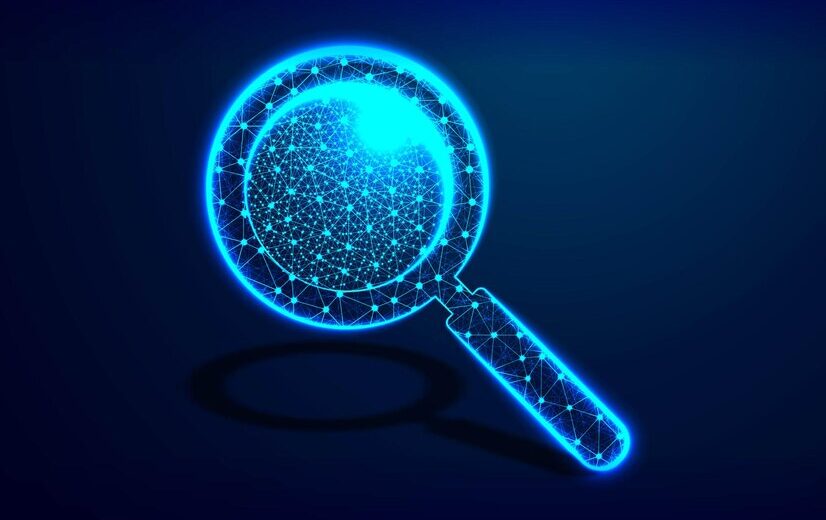Breadth First Search – Uniformed or Blind search
Breadth First Search (BFS): BFS expands the leaf node with the lowest path cost so far, and keeps going until a goal node is generated. If the path cost simply equals the number of links, we can implement this as a simple queue (“first in, first out”). his is guaranteed to find an optimal […]






